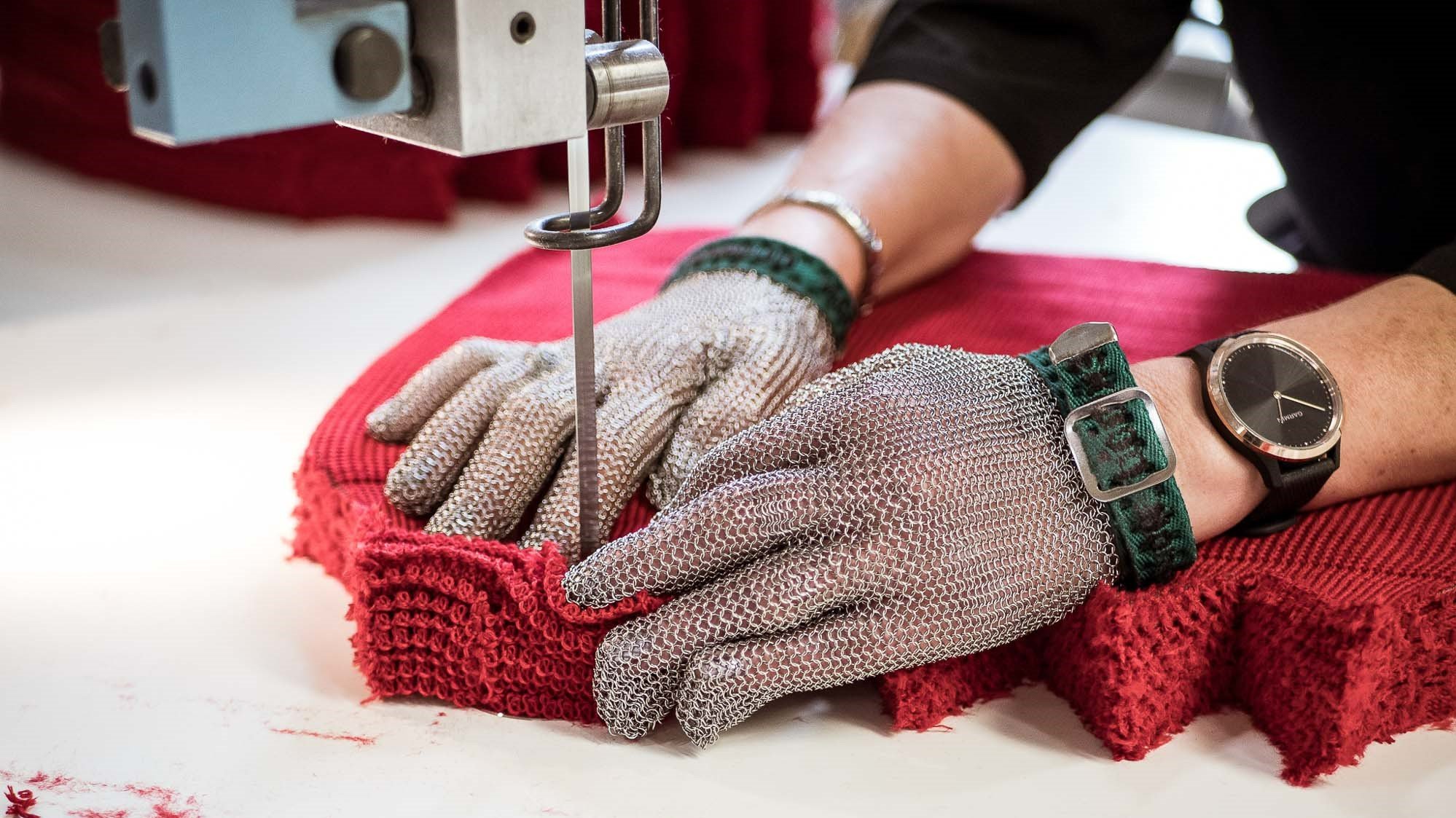
Product carbon footprint calculation method
Product carbon footprint calculation method
We have finally calculated the carbon footprint value for the majority of our own products, meaning the amount of greenhouse gases released into the atmosphere in the production process of each item. These footprints are visible on the product pages of our website.
For this project, we have gotten help from Compensate. They have created the formulas for the calculations and dug up credible emission factors for us. Their work has been verified by a third party to ensure it has been done according to the GHG protocol. We have applied this calculation formula in our webstore to make it as automagical as possible and to avoid scribbling calculations in the corners of our napkins.
The purpose has been to create a credible estimate of the size of the footprint. For the calculations, general emission data has been used instead of measuring the actual kilowatt-hours consumed by the factories. The calculation is based on universally applicable, conservative emission factors, meaning they are rather rounded up than down just to be sure.
Limitations
The scope of this footprint is cradle-to-gate, as it is called in the environmentalist lingo. It means that the emissions from the raw materials all the way to the gate of the factory are included.
Emission units
Our footprint is stated in carbon dioxide equivalents, CO2e. The unit contains other relevant greenhouse gases as well, such as methane, converted into carbon dioxide based on the global warming potential of each gas.

Actual calculation process
Below you can see how things are calculated, the example used is the Särmä Merino Wool Hoodie.
- Weight: 0.738 kg
- Materials: 78% merino wool, 19% viscose, 3% elastane
- Origin: the fabric is woven in Lithuania, the hoodie is sewn in Lithuania
- Based on the material composition, the product contains 575,6 grams of merino wool, 140,2 grams of viscose and 22,1 grams of elastane.
For calculation purposes, the production chain is divided into three simplified manufacturing stages: raw material production, refinement, and assembly. In the case of the hoodie, the stages could wool farming, shearing and the spinning of the yarn, weaving the yarn into fabric, and sewing the fabric into a garment.
The emissions of each material have been divided into three categories based on the manufacturing stage. And each stage takes into account the emission factor for the electricity used in the producing country. In this case, the emission factor for Lithuania is used for both weaving and sewing.
The wool and other fibers come from countries like Germany, Australia, New Zealand and South Africa depending on the individual item, but for all raw materials, the emissions are calculated based on the assumption that the material originates from India. India was used because the emission factor for their energy use is the highest. This assumption is made for all raw materials in all products, as the origin of the material may be unknown.
Because the product also contains zippers, they have been taken into account by adding a standard emission factor for such metallic parts. The exact amount of metal in each product is not calculated, but instead an estimated average is added to the footprint.
The outcome for the calculation is 39, 3 kg CO2e per each merino wool hoodie.
Emission factors
Materials
The materials have an emission factor for each manufacturing stage mentioned above. The factor reveals how much crap is smoked up in the sky per a kilogram of the material produced. The emission factors also contain an estimate of other consumption relevant to the production stage. For example, in the sewing stage, the cutting waste is also included. In addition, the emission factors include an estimate on the transportation within the country of production, such as transporting the material from the weaving factory to the dyeing factory, etc.
According to our expert partners, there isn’t yet sufficiently reliable data for the recycled and organic materials, which is why we have used the emission data for conventional materials instead. This is done to ensure that we do not underestimate the related emissions. If there are no emission factors for a specific material, the average emissions of other materials are used, depending on whether it is a synthetic, an animal-based, or a plant-based material. We and our partners are continuously on the lookout for any developments in the matter and will update these emission factors whenever a need or an opportunity arises.

Country-specific energy emissions
The countries’ emission factors are derived from the emissions caused by electricity production. For each production stage mentioned before, the country where that stage takes place is assigned in product data. This data is based on the information gathered from our manufacturers. Since the origin of the raw materials remains mostly in the dark or there can be several countries of origin, we use the general emission data for the “worst case scenario”, being the energy production emissions factor for India.
Size and weight
We have used the median weight of the different sizes to determine the weight of the product. This means that there is only a single footprint for the product, even though there are differences in the real life emissions between sizes S and 3 XL.
The point is not to lead the customers astray and prettify any numbers. First of all, this is due to limitations in our brain and computing power. Calculating all the emissions individually would have been a horrible job, so we needed to simplify it a little. Secondly, the emission data is mainly used to calculate the emissions for the production of our products as a whole, and that's why the magnitude matters the most. The final excuse is that we don’t always know the weight differences of all sizes, as this is not how the data is entered into our system.
We also want to mention that if there are some packaging materials attached to the product, such as a piece of cardboard around a pair of socks, it has been included into the weight of the product. All the packaging materials as a whole have been calculated separately and included in the company carbon footprint.
Things not included in the calculations
The following things have not been included in these calculations:
- Textile treatment, such as the Bionic Finish water repellent treatment or PU coating.
- Product packaging; however, their weight has been added to the product weight.
- Logistics and the packaging materials needed in shipping. Those have been included in the company carbon footprint, and are not a part of the product footprint. These emissions have already been compensated for.